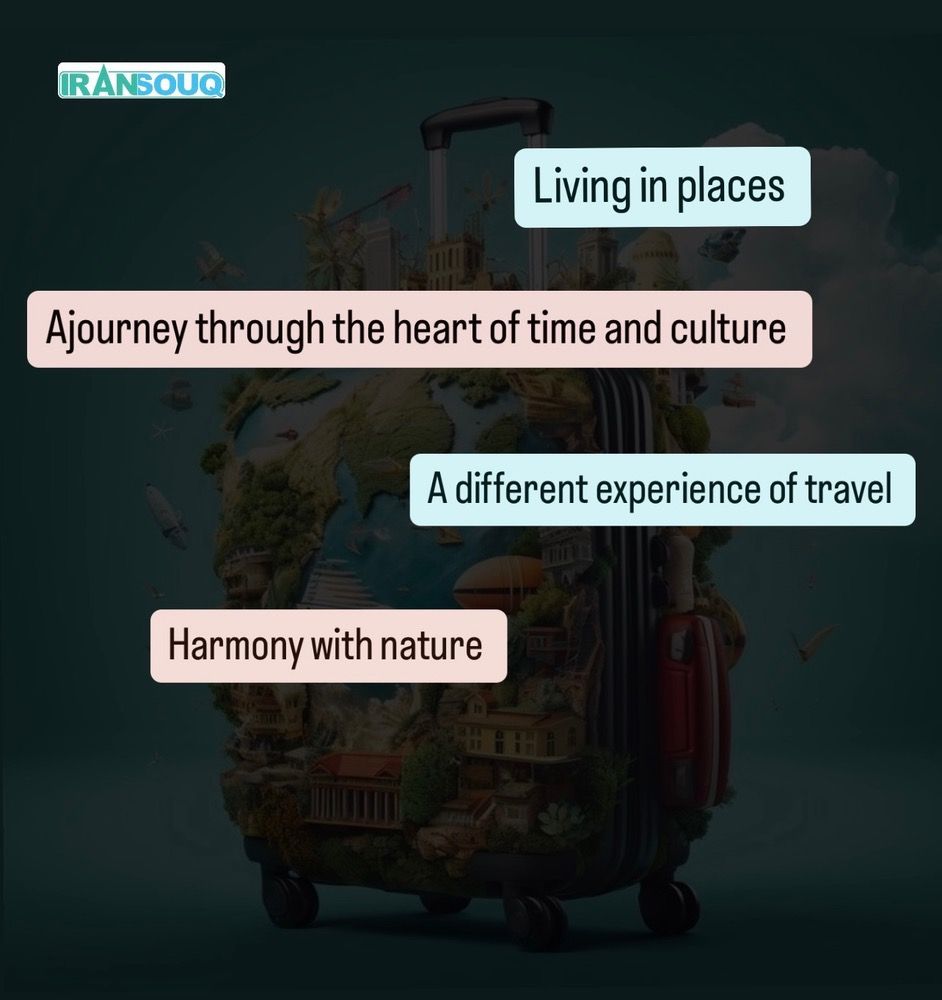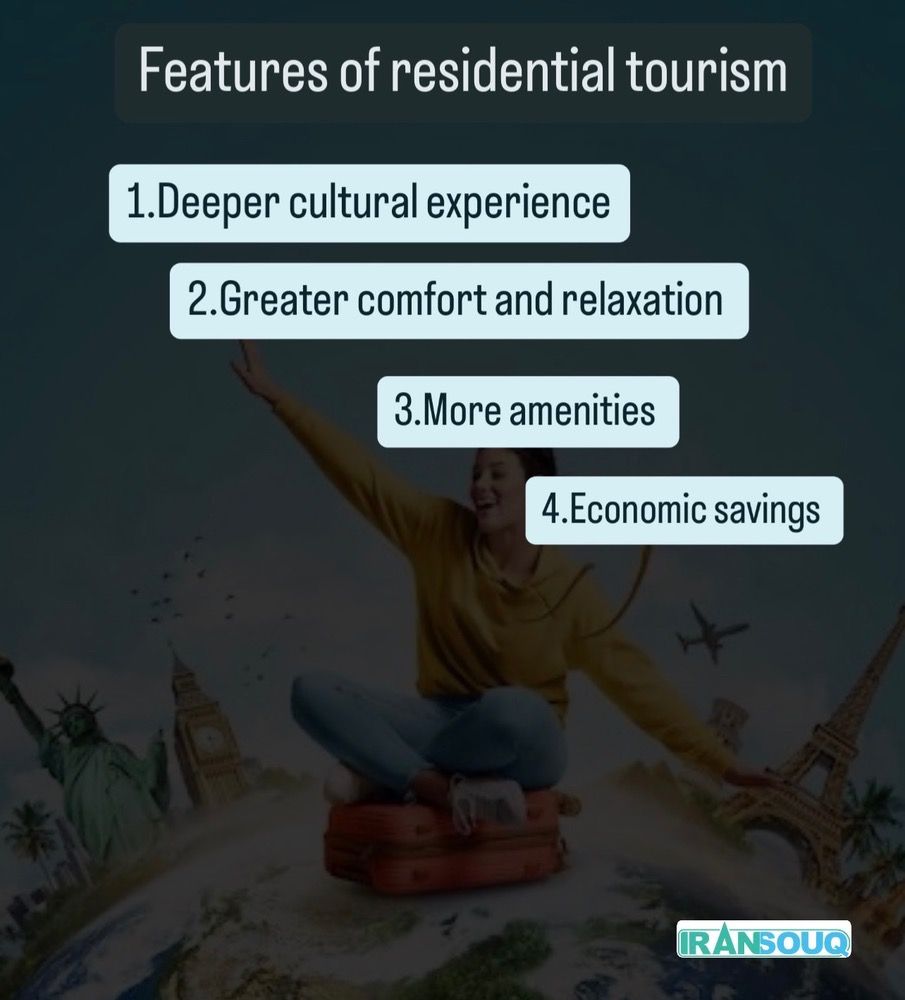Residential Tourism: Exploring Peace and Culture at the Heart of Destinations
Residential tourism has become one of the most prominent types of tourism in recent years. This type of tourism refers to staying in designated locations for longer than one or two nights and usually involves renting or using temporary residential units such as hotels, villas, apartments, or local accommodations.

Features of Residential Tourism
1. Deeper Cultural Experience: Longer stays provide tourists the opportunity to fully immerse themselves in the local culture and lifestyle. This can include participating in local activities or using local products and services.
2. Greater Comfort and Relaxation: Staying in a fixed environment rather than constantly moving between different locations allows travelers to pursue their itinerary at a more relaxed pace and enjoy their stay more thoroughly.
3. Economic Savings: Accommodation dedicated to residential tourism typically has lower costs than hotels for longer durations. This is particularly important for families and larger groups.
4. More Amenities: Many residential tourism accommodations offer additional amenities such as kitchens and separate rooms, making them ideal for families and those who prefer to prepare home-cooked meals.

Challenges and Opportunities
- Challenges: Managing longer stays and ensuring guest satisfaction can be challenging. There may also be legal or social issues in host communities, especially if there is increased pressure on local resources.
- Opportunities: The growing demand for unique and local experiences creates many opportunities for entrepreneurs and tourism destinations. Additionally, this sector can be leveraged for economic development in less favored areas.




